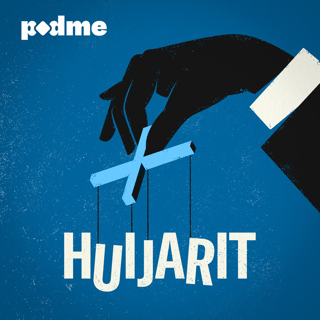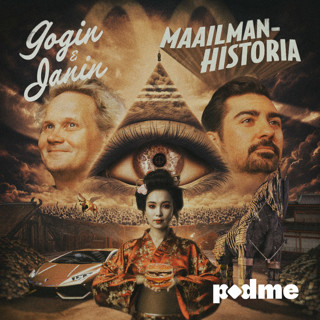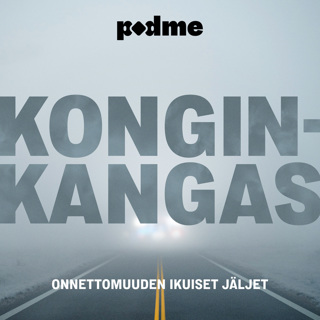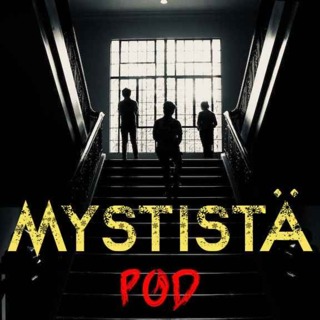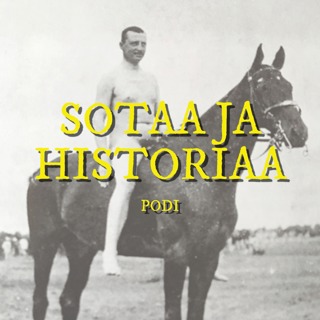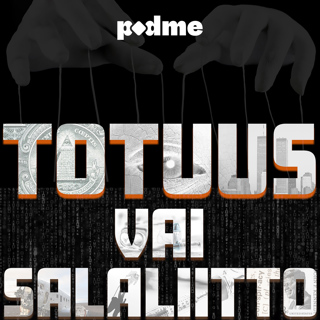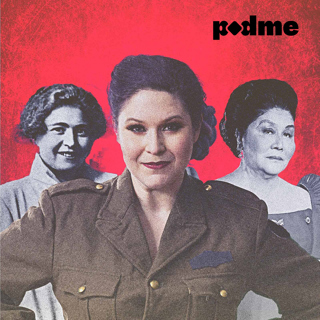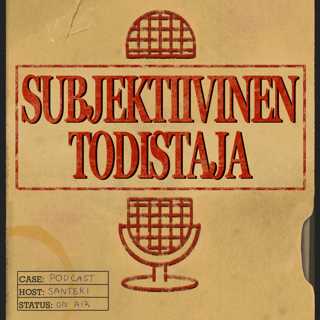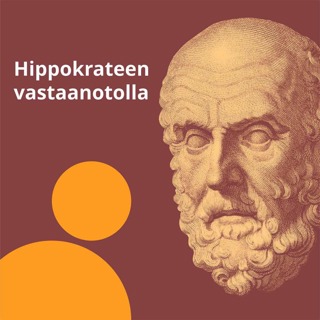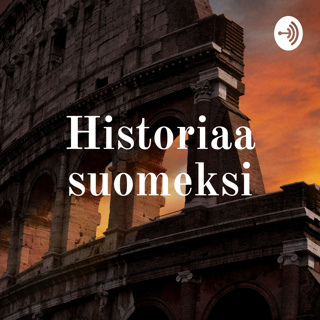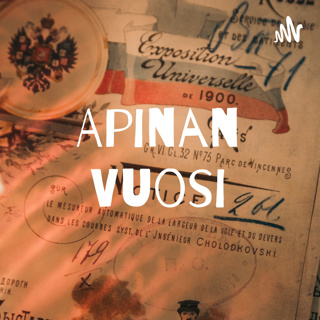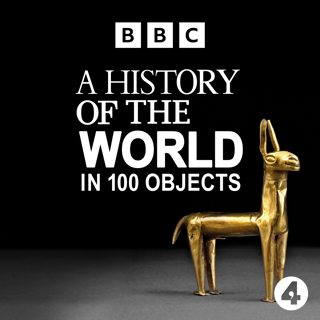
Lothair Crystal
This week, Neil MacGregor is exploring life in the great royal courts around the world during Europe's medieval period. It's easy to forget that the civilisations of Tang China, the Islamic Empire and the Maya in Mesoamerica were all at their peak during this time. He is describing the life of these courts through individual objects in the British Museum's collection. In the last programme he was with the Abbasid court North of Baghdad and an exotic wall painting; today's object is an engraved rock crystal connecting a biblical tale to a real life story of royal intrigue at the heart of Europe. The Lothair Crystal was made in the mid-ninth century and offers scenes in miniature from the biblical story of Susanna, the wife of a rich merchant who is falsely accused of adultery. The crystal was intended to exemplify the proper functioning of justice but, intriguingly, the king for whom the piece was made was himself trying to have his marriage annulled so he could marry his mistress! The historian Rosamond McKitterick explains what we know of the court of King Lothair and former senior law lord, Lord Bingham, describes the role of justice as portrayed in this exquisite work of art.Producer: Anthony Denselow
16 Kesä 201013min

Harem wall painting fragments
Neil MacGregor's world history as told through objects at the British Museum. This week, he is exploring life and intrigue in the great courts of the world at the same time as the European medieval period. Today he is with the women of Samarra in Iraq. This ancient city, north of Baghdad, was once home to the Abbasid court and was one of the great Muslim capitals of the world. Portraits from a mural in the palace harem offer a vivid insight into the lives of the rulers and the slave women whose job was to entertain them. What was life really like in this great court? The historian Robert Irwin, an expert on the tales of the Arabian Nights, looks at how the reality of life in the harem matches the sensual fantasy that has become associated with the period. And Amira Bennison, of Cambridge University, explains what conditions were like for the women of the harem and the qualifications they needed just to get there. Producer: Anthony Denselow
15 Kesä 201014min

Maya relief of royal blood-letting
The history of the world as told through objects. This week Neil MacGregor, the Director of the British Museum, is exploring power and intrigue in the great royal courts of the world around 800 AD. Today's object offers a story of authority, pain and belief from the world of the ancient Maya. It is a limestone carving showing a king and his wife engaged in an agonising scene of ritual bloodletting. Neil describes a great city in the jungle of modern day Mexico and the culture that produced it. Virginia Fields, the expert on Maya iconography, and the psychotherapist Susie Orbach help explain an object that has the power to unsettle the modern viewer.Producer: Anthony Denselow
14 Kesä 201014min

Silk princess painting
Throughout this week, Neil MacGregor has been exploring the world of the late 7th century, with objects from South America, Britain, Syria and Korea. Today's object is from the 4000 mile tangle of routes that has become known as the Silk Road - that great conduit of ideas, technologies, goods and beliefs that effectively linked the Pacific with the Mediterranean. His chosen object which lets him travel the ancient Silk Route is a fragile painting telling a story of "industrial espionage". It comes from the Buddhist kingdom of Khotan, now in Western China, and tells a powerful story about how the secrets of silk manufacture were passed along the fabled route. The cellist and composer Yo Yo Ma, who has long been fascinated by the Silk Road and who thinks of it as "the internet of antiquity", and the writer Colin Thubron consider the impact of the Silk Road - in reality and on the imagination.Producer: Anthony Denselow
11 Kesä 201014min

Korean roof tile
Korea: source of modern-day electronic components. Neil MacGregor delves into the history of a an artefact from the region.
10 Kesä 201014min

Moche warrior pot
The history of the world as told through one hundred objects arrives in 7th Century Peru. Throughout this week Neil MacGregor is exploring along the Silk Road and beyond, ranging from Korea to East Anglia. But what was life and culture like in South America during the same period that Islam was transforming the Middle East? In today's programme, Neil introduces us to a remarkable lost civilisation from present day Peru. He explores the story of the Moche people through a pot in the shape of a warrior, with help from expert Steve Bourget and the potter Grayson Perry. Producer: Anthony Denselow
9 Kesä 201014min

Sutton Hoo helmet
The history of the world as told through one hundred objects. This week Neil MacGregor, the director of the British Museum, is exploring the world in the 7th Century, at a time when the teachings of Islam were transforming the Middle East and goods and ideas were flowing both ways along the tangle of connections that have become known as the Silk Road. But what was happening in Britain at this time? In today's programme, Neil travels to East Anglia to describe the sensational burial discovery that has been hailed as a "British Tutankhamen". He tells the story of the Sutton Hoo helmet, the world it inhabited and the imagination it has inspired. The poet Seamus Heaney reflects on the helmet in the context of the great Anglo-Saxon epic poem, Beowulf, and the archaeologist Angus Wainwright describes the discovery of the great grave ship where the helmet was found.Producer: Rebecca Stratford
8 Kesä 201014min

Gold Coins of Abd al-Malik
The history of the world as told through one hundred of the objects that time has left behind. The objects are from the British Museum and tell the story of humanity over the past 2 million years. They are chosen by the museum's director, Neil MacGregor. This week he is exploring the world along and beyond the Silk Road in the 7th century AD at a time when the teachings of the prophet Muhammad were transforming the Middle East forever. Today he looks at how the Syrian capital Damascus was rapidly becoming the centre of a new Islamic empire. He tells the story through two gold coins that perfectly capture the moment - with contributions from the historian Hugh Kennedy and the anthropologist Madawi Al-Rasheed.Producer: Rebecca Stratford
7 Kesä 201014min




